Your first appointment will involve taking a full case history and a discussion of your complaint. An examination of your posture and range movement will then be conducted as necessary. Please be aware that in order to effectively examine and treat you, you may be asked to remove some outer clothing – please do say if this makes you feel uncomfortable.
The osteopath will use their hands to identify any weakness or points of strain, to allow a diagnosis and treatment plan to be developed, tailored specifically for your needs – it is imperative that you inform your osteopath of any medical conditions (such as joint inflammation, cancer, osteoporosis, recent surgical treatment and early pregnancy) and medications which you have been prescribed no matter how irrelevant it might seem as this will allow them to choose appropriate treatment techniques for your situation. They will then discuss the diagnosis and give any advice on exercises, rest, diet or any special aids, (e.g. lumbar, knee or elbow supports, strapping, orthotics etc.) that may be required.
Your treatment may include a variety of techniques including muscle and tissue stretching, rhythmic joint movements and ‘high velocity thrusts’. The cracking noise associated with some of the manipulation techniques employed, while alarming, is the perfectly normal sound of gas bubbles popping in the joint fluid.
Osteopathy is a gentle form of safe, non-invasive treatment. While examination and treatment can occasionally cause discomfort, it is not normally painful – please do let your osteopath know if the treatment is proving uncomfortable. It is worth noting that some patients may feel a little sore or stiff for a day or two following treatment – if it persists, please do contact us and we can advise you.
It is not always possible to resolve all conditions using Osteopathy and there may be times when your Osteopath recommends you seek further advice from a GP or other medical specialist.
